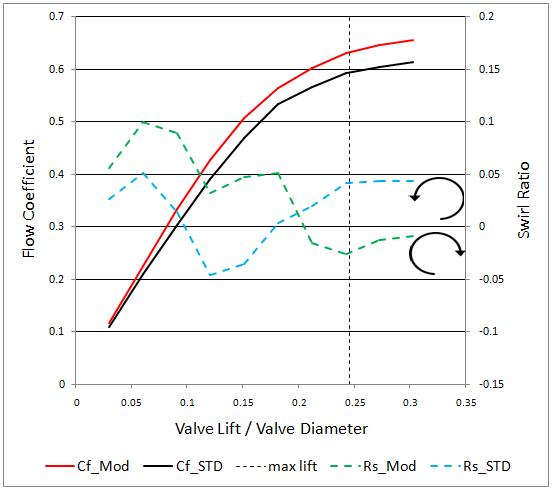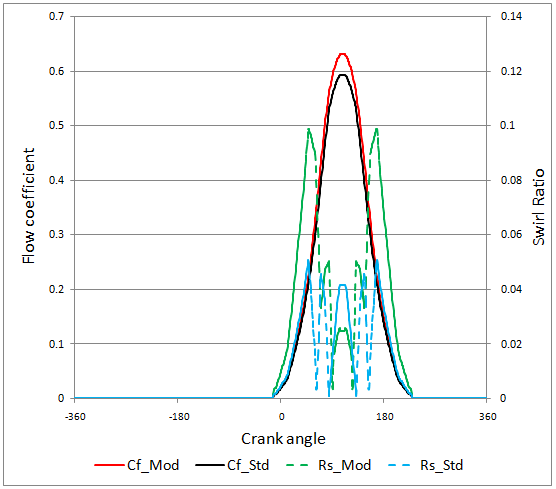Re: Tumble meter
Posted: Sun May 10, 2020 8:44 am
Hi Bruce,
I have an Ender 3 (non Pro version) the print bed was just capable of printing the larger components for this project.
One thing I didn't appreciate when starting this project was how long it takes to print something. Some of the larger items had print times of over 24 hours! Its good job I've got a lot of spare time right now.
The printed items seem fairly robust and for my use as a hobbyist I think they'll be fine. If the parts were intended to be used routinely, in a head shop for example, I would consider a stronger filament type maybe ABS.
For you paddle wheel swirl meter you could print the whole cylinder with the right bore diameter and length and include all the bearing support structure.
I have an Ender 3 (non Pro version) the print bed was just capable of printing the larger components for this project.
One thing I didn't appreciate when starting this project was how long it takes to print something. Some of the larger items had print times of over 24 hours! Its good job I've got a lot of spare time right now.
The printed items seem fairly robust and for my use as a hobbyist I think they'll be fine. If the parts were intended to be used routinely, in a head shop for example, I would consider a stronger filament type maybe ABS.
For you paddle wheel swirl meter you could print the whole cylinder with the right bore diameter and length and include all the bearing support structure.



